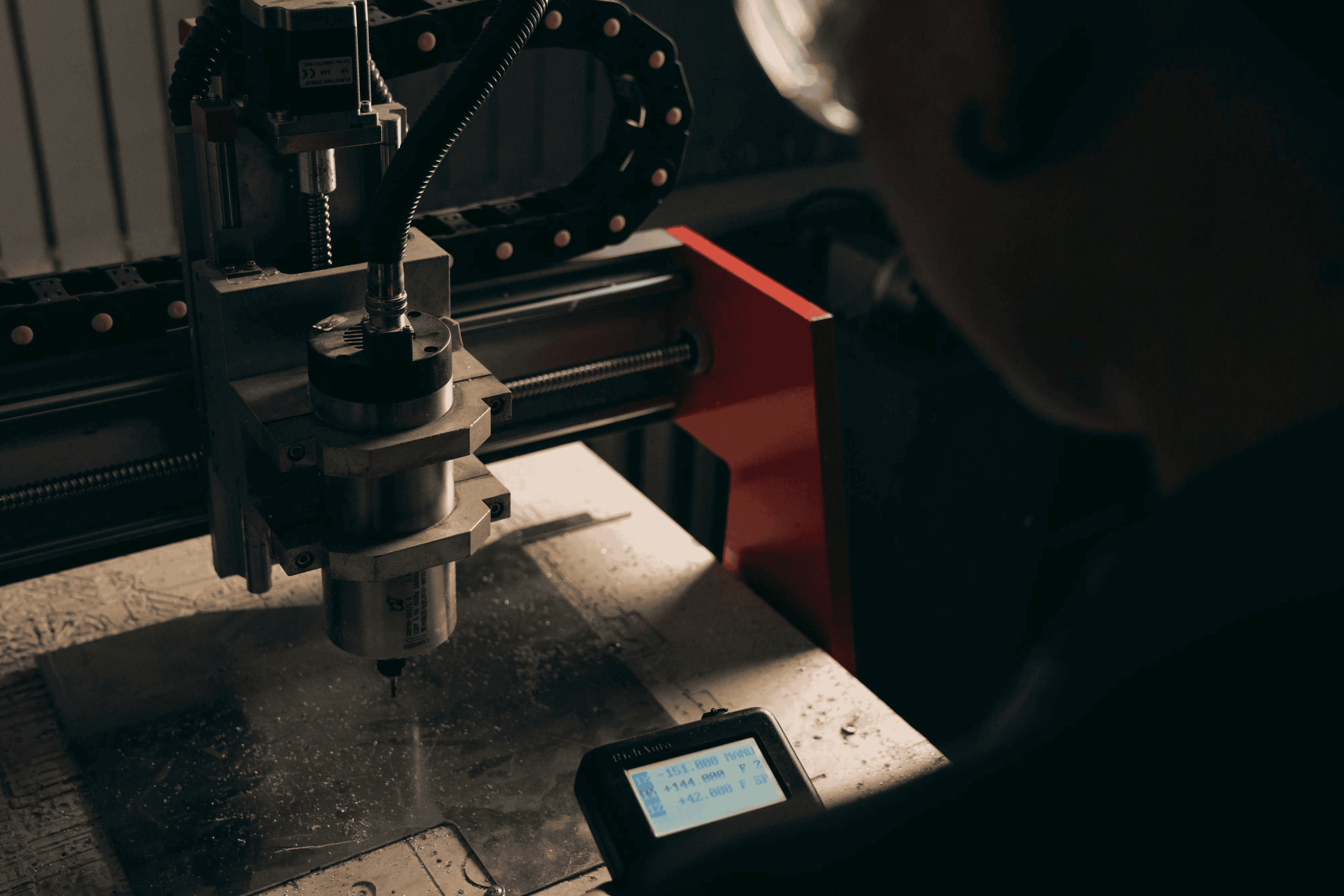Custom Fabrication

Metal planters bring architectural clarity to patios, rooftops, courtyards, and streetscapes. They hold crisp edges, resist impact better than many composites, and scale from tabletop boxes to long runs that define rooms outdoors. Material choice matters. Corten steel develops a stable patina that protects the steel beneath, making it popular for warm earth tones and low maintenance character. Aluminum resists corrosion, keeps weight down, and accepts powder coat finishes across any color story. Stainless steel provides premium durability and a refined sheen, often favored in coastal or hospitality settings.
Thermal behavior and soil health should guide your selection. Dark finishes absorb heat, which can benefit spring growth but stress roots in peak summer. Double wall construction, internal liners, or rigid foam panels help buffer temperature swings and extend plant performance. Wall thickness influences dent resistance and structural stability, especially on large spans. Thicker panels and internal bracing limit bowing when wet soil load increases after irrigation or heavy rain.
Cold climates introduce freeze thaw cycles that test welds, seams, and finish quality. Planters need generous drainage to prevent water from pooling and freezing inside the soil volume. In arid regions, metal planters do well when paired with efficient drip lines, moisture retentive soil blends, and mulch to reduce evaporation. Near saltwater, aluminum and stainless shine due to their corrosion resistance. Corten performs best with good airflow so the patina dries between storms, helping the protective layer mature evenly.
Shape and placement influence how a space feels and functions. Rectangular troughs can double as informal edging, guide foot traffic, or establish a wind break. Squares anchor seating nodes or punctuate entries with evergreen structure. Tall narrow forms add height where floor area is tight. Corner forms tuck neatly into hardscape junctions and turn dead space into green volume. The veradek corner planter is a commonly referenced shape for maximizing corner real estate with a clean profile, and that geometry can be replicated at custom sizes.
Long runs are ideal for screening utilities, outlining dining zones, or creating visual rhythm along a facade. You will see many long slim planters marketed as a corten steel series span planter, which speaks to the idea of continuous lines that read as one design move. When planning any extended span, calculate soil weight per linear foot and design bracing accordingly, especially if the unit will be roof mounted. Add levelers or shims to accommodate slope for drainage while keeping the top ledge level to the eye.
Match soil depth to plant selection. Herbs and annuals do well with shallow profiles, while shrubs require deeper volumes for root development and winter insulation. As a rule of thumb, allow extra width for roots to spread and for mulch coverage to reduce compaction. Stability depends on footprint and height ratio. A tall narrow planter may need a broader base or concealed ballast. On rooftops, confirm allowable live load and plan for wind uplift. Where public interaction is expected, rounded edges and secure footing help reduce trip or impact risk.
Drainage is the first defense against premature failure. Use multiple drain points, elevate the container slightly, and keep outlets clear of debris. A layered base of drainage fabric and coarse material prevents soil from washing out. Irrigation lines should enter through grommeted openings to protect tubing and maintain a clean look. For finishes, powder coat resists chipping better than many paints and offers a wide color range from matte earth tones to high gloss accents. Corten needs no coating, but avoid constant soil contact at the lower edge by ensuring airflow under the planter or using feet.
Routine care stays simple. Inspect drains seasonally, top up mulch, and refresh soil structure every few years if it becomes compacted. Patina will darken in stages on corten, so plan for early run off staining during the first wet cycles by protecting nearby porous surfaces. In high traffic settings, choose finishes that hide scuffs, and consider replaceable top trim pieces if the design invites frequent contact.
Healthy roots rely on air exchange and consistent moisture. Blend soil for containers, not garden beds, with components that hold water while staying airy. Incorporate slow release nutrients and adjust irrigation by season to avoid root rot. A concealed drip loop beneath mulch keeps foliage dry and reduces disease pressure. For trees in planters, integrate structural supports and expansion room for growth, or choose species that thrive in contained environments.
OZK Customs builds containers and integrated site features that respect these fundamentals. If you need a size that standard catalog items do not offer, our team can design the geometry, bracing, and drainage to match your space. Explore our custom fabrication capabilities for metal planters that are engineered for your planting plan. For detailed options across metals, finishes, and installation methods, see our fabrication services. Curious about our approach and quality standards before you commit? Learn more at why choose OZK Customs.
Bring your dimensions, site photos, and plant list, and we will turn the concept into a durable piece of site furniture that looks right on day one and matures beautifully over time.
Ready to elevate your outdoor space with purpose built metal planters that fit your site and planting goals? Our team in Fayetteville Arkansas designs and fabricates custom containers, screens, and integrated benches with proper drainage, liners, and finishes for long service life. Tell us your dimensions, plant palette, and site challenges, and we will engineer a solution that looks sharp and performs season after season.
ADDRESS:
6159 E Huntsville Rd, Fayetteville, AR 72701
PHONE:
(479) 326-9200
EMAIL:
info@ozkvans.com